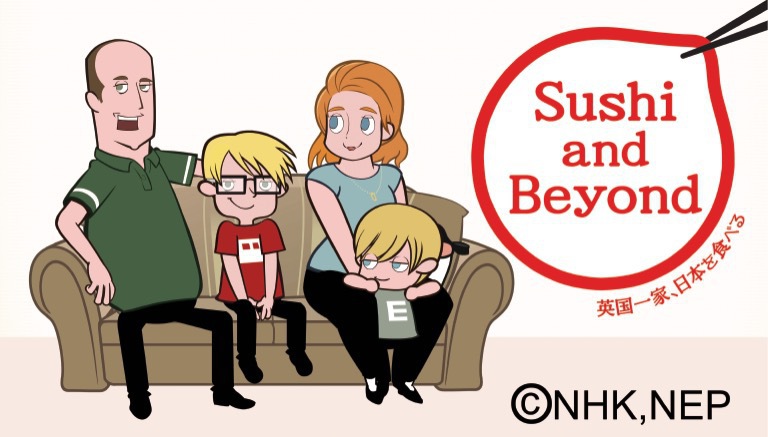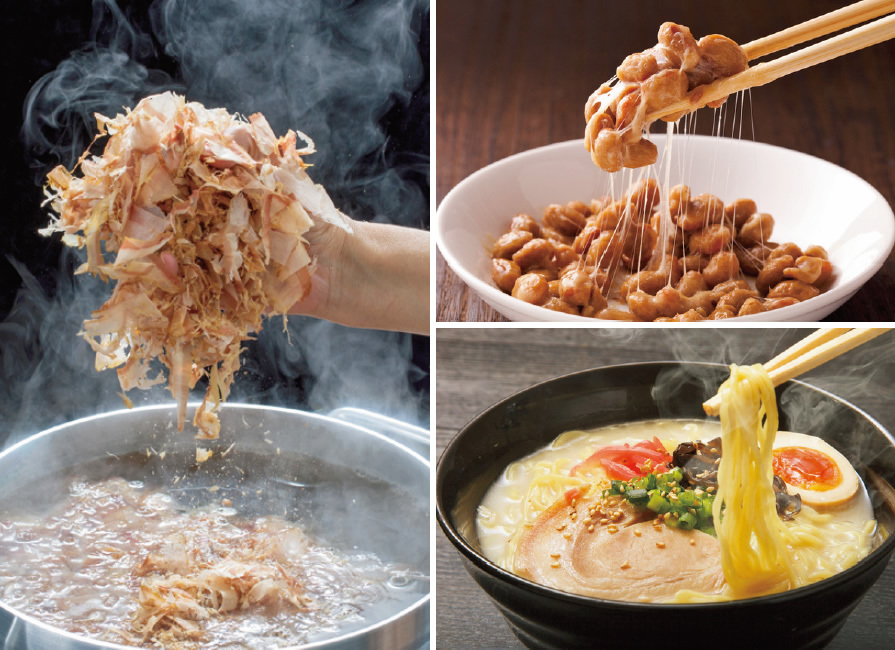Michael Booth
British author of award-winning, best-selling nonfiction books including Sacré Cordon Bleu and Sushi and Beyond. He also writes for newspapers including the Guardian, The Times, The Telegraph, the Washington Post and the Independent, and is a correspondent for Monocle magazine and Monocle24 radio. He now lives in Denmark with his wife and two sons.
Sushi and Beyond was animated and is now being aired on NHK World.
http://www3.nhk.or.jp/nhkworld/english/tv/sushi/
It was 15 years ago when I first visited Japan on an assignment for a British newspaper. I remember just wandering around in a daze, amazed at all the new and different sights. Ever since that visit, I had longed to return.
I had spent a year training to be a chef at the Cordon Bleu, Paris. It had been a fantastic time, but classic French food had taken its toll on my waistline! I began to learn about traditional Japanese food and realized that it had everything that Western nutritionists and dietary experts were advising us to eat: lots more vegetables, fish, far less animal fat or dairy, less cooking or “alteration” of ingredients, eating in seasons, and so on. It was just what I needed at that point. I was interested that this very traditional cuisine was in fact super-modern and super-healthy. And so I decided to visit Japan again in 2007, to conduct research for a book about Japanese food.
I spent 100 days traveling the length of Japan with my wife and two small sons. My account of our fascinating journey was published in 2010. Sushi and Beyond: What the Japanese Know about Cooking got some lovely reviews, and it won the most prestigious food writing award in the UK, from the British Guild of Food Writers. It was translated into Japanese in 2013, and NHK, Japan’s public broadcaster, has turned it into an animated series now being aired in English and Japanese. I am delighted to say they have produced something with which I am extremely proud to be associated—and my sons love it too.
Throughout my journey, I was surprised and impressed by the Japanese mastery of umami. Also, I had understood that the Japanese liked delicate flavors, but I discovered all the many fermented foods they have—not just miso and soy sauce but also katsuobushi, natto, and so on, as well as dishes like tonkotsu ramen, which smells and tastes kind of funky. I’d been used to liking French foods which had more than a whiff of the barnyard about them, but never expected to find those kinds of strong flavors in Japan. Another point that surprised me was the relatively low cost of staying in Japan. Many think of Japan as expensive. But it is far cheaper to visit than London in terms of restaurants and accommodation—and far better to dine in.
One of the reasons I keep returning to Japan, and try to travel beyond Tokyo whenever I can, is because wherever you go you find fascinating regional foods and variations on dishes. The intensity, quality, and variety of these variations are extraordinary. I still have a very, very long list of places I would like to visit and foods I would like to eat.
As for the inclusion of “Washoku” (traditional Japanese cuisine) in the UNESCO Intangible Cultural Heritage list in 2013, while it may have helped a little to promote Japan in the rest of the world, I suspect it was more important for Japanese people in encouraging them to better appreciate their traditional foods.
I don’t know anyone who, once they have visited Japan for the first time, does not want to return. It is the kind of place that haunts you, in a sense. It is unforgettable. Virtually everything about Japan is surprising or different. That is one of the great appeals to me and so many other Japanophiles.








































































































